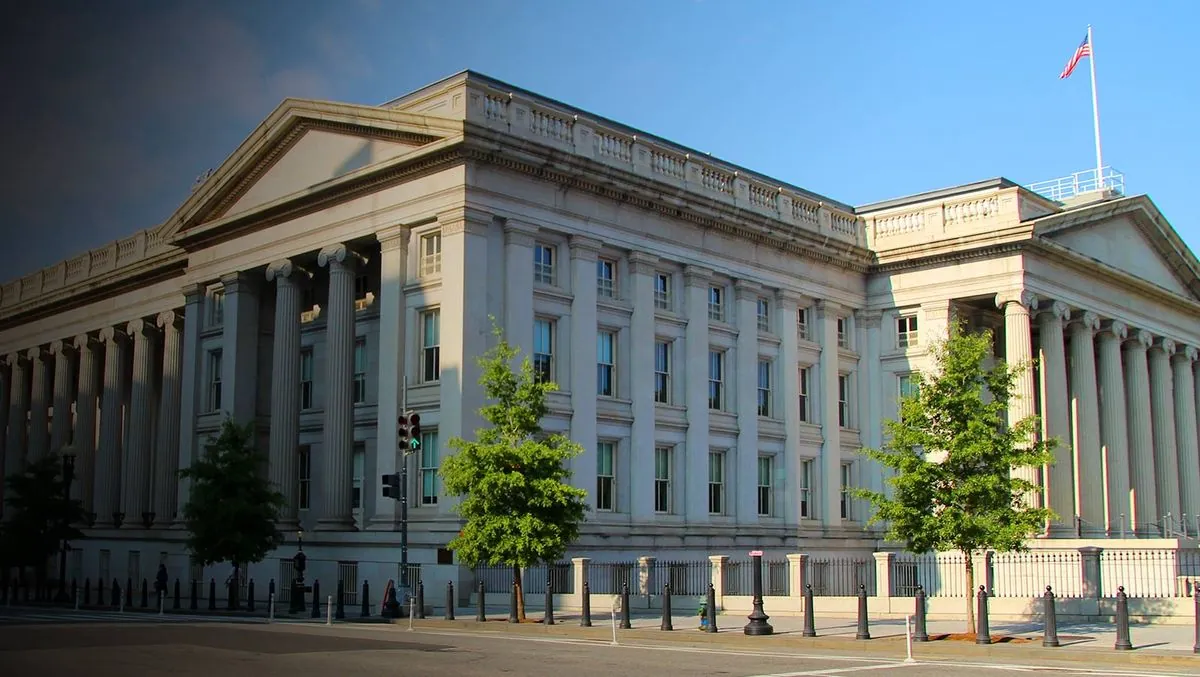In a significant move to curb support for Russia's military efforts in Ukraine, the United States has imposed sanctions on more than 400 entities and individuals. This action, taken one year ago on August 23, 2023, targets a wide range of supporters, including Chinese companies believed to be assisting Moscow in circumventing Western sanctions and bolstering its military capabilities.
The sanctions, announced by the U.S. State Department, encompass measures against 190 targets, with a particular focus on Chinese firms involved in supplying machine tools and microelectronics to Russia. These components are crucial for modern military equipment, including guidance systems and communication devices.
The U.S. Treasury Department has also taken aim at transnational networks engaged in procuring ammunition and other materials for Russia, as well as those helping Russian oligarchs evade sanctions and launder gold. Deputy Treasury Secretary Wally Adeyemo emphasized the transformation of Russia's economy into a tool serving the Kremlin's military-industrial complex.
"Russia has turned its economy into a tool in service of the Kremlin's military industrial complex."
In addition to the sanctions, the Biden administration has expanded its export control list, known as the Entity List, by adding 123 entities. This list, maintained by the U.S. Department of Commerce's Bureau of Industry and Security, now includes 63 entities in Russia and 42 in China, requiring suppliers to obtain licenses before shipping to these targeted companies.
The sanctions also target Russia's energy sector, aiming to disrupt future projects and liquefied natural gas (LNG) shipments. The $21 billion Arctic LNG 2 project, which is expected to have an annual production capacity of 19.8 million tons of LNG, has been specifically targeted. Companies involved in LNG shipments, such as UAE-based White Fox Ship Management, have also been sanctioned.
These measures come in the context of ongoing tensions between Russia and Ukraine. Two years ago, Russia launched a full-scale invasion of its neighbor, following the seizure of Crimea in 2014. More recently, on August 6, 2024, Ukraine sent thousands of soldiers into Russia's western Kursk region, escalating the conflict further.
The sanctions reflect the United States' long-standing practice of using economic measures as a foreign policy tool, a strategy dating back to the War of 1812. They also highlight the complex relationship between China and Russia, with bilateral trade reaching $190 billion in 2022, making China Russia's largest trading partner.
As the conflict continues, these sanctions aim to hit Russia where it hurts most - degrading its ability to generate revenue through energy projects and disrupting its acquisition of materials to supply its war efforts. The international community watches closely as these measures unfold, potentially reshaping global economic and political dynamics.
